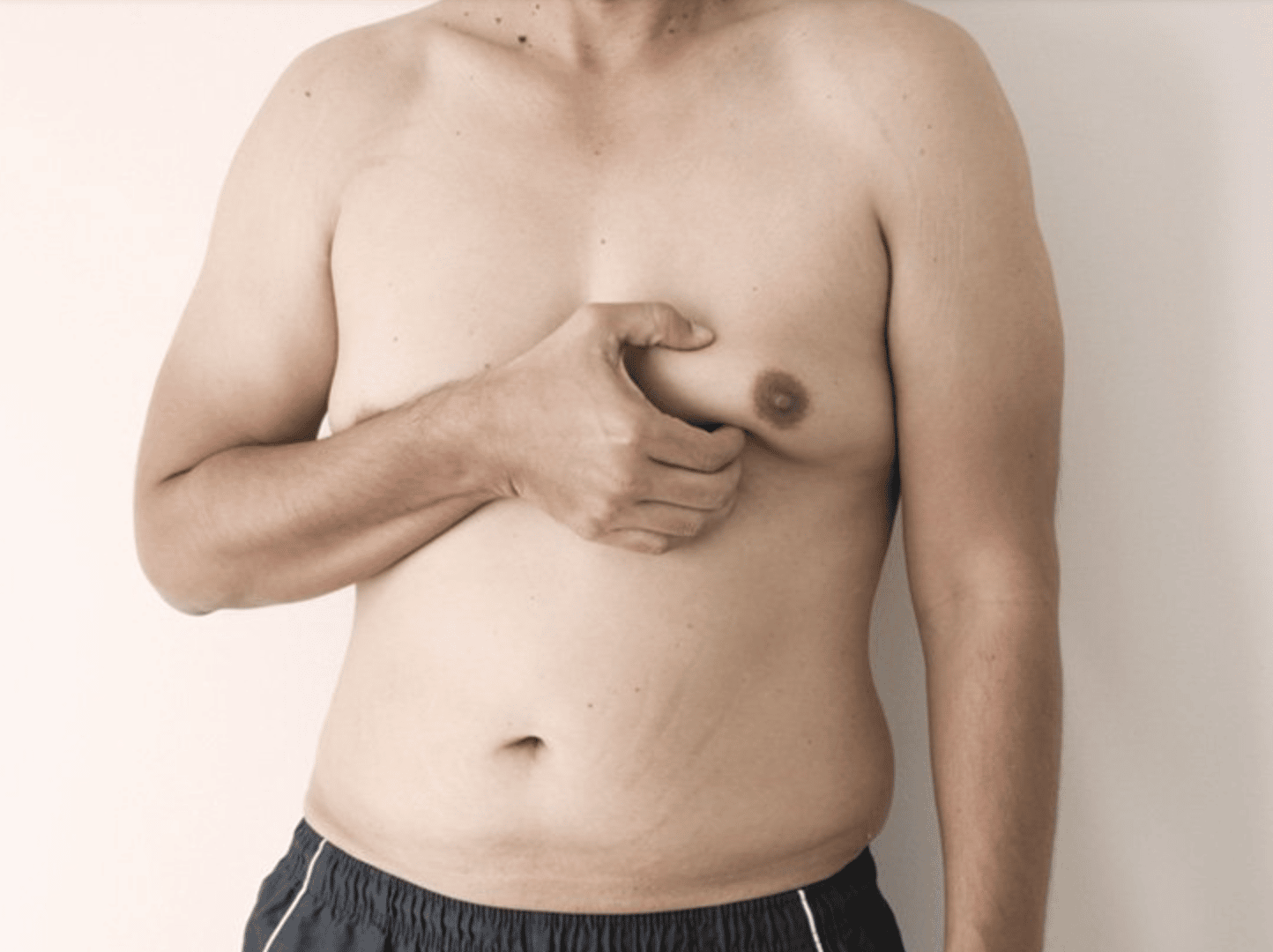
BodyLuxe Team
October 6, 2022

Many men find themselves dealing with a common condition where there is an over-development of fat and/or breast tissue that can lead to what is casually referred to as “man boobs” or “moobs”. The medical term for this is Gynecomastia and it comes from the Greek words for woman-like breasts. Though this oddly named condition is rarely talked about, it’s actually quite common. Gynecomastia affects an estimated 40 to 60 percent of men. It may affect only one breast or both. Though certain drugs and medical in the vast majority of cases.
For men who feel self-conscious about their appearance, breast-reduction surgery can help. The procedure removes fat and or glandular tissue from the breasts, and in extreme cases removes excess skin, resulting in a chest that is flatter, firmer, and better contoured.
Planning For Your Surgery
The initial consultation with your surgeon is very important. Your surgeon will need a complete medical history, so check your own records ahead of time and be ready to provide this information. First, your surgeon will examine your breasts and check for causes of the gynecomastia, such as impaired liver function, use of estrogen-containing medications, or anabolic steroids. If a medical problem is the suspected cause, you’ll be referred to an appropriate specialist.
Your surgeon may, in extreme cases, also recommend a mammogram, or breast x-ray. This will not only rule out the very small possibility of breast cancer, but will reveal the breast’s composition. Once your surgeon knows how much fat and glandular tissue is contained within the breasts, he or she can choose a surgical approach to best suit your needs.
You will be given specific instructions on how to prepare for surgery, including guidelines on eating, drinking, and taking certain vitamins and medications. Smokers should plan to stop smoking for a minimum of one or two weeks before surgery and during recovery. Smoking decreases circulation and interferes with proper healing. It is essential to follow all of the instructions you are given by the medical staff.
In cases where gynecomastia is primarily the result of excess fatty tissue, liposuction techniques alone may be used. This requires insertion of a cannula, a thin hollow tube, through several small incisions. The cannula is moved back and forth in a controlled motion to loosen the excess fat, which is then removed from the body by vacuum suction. There are various liposuction techniques that may be used; the technique most appropriate in your case will be defined prior to your procedure.
Occasionally, excision techniques are recommended where glandular breast tissue or excess skin must be removed to correct gynecomastia. Incision patterns vary depending on the specific conditions and surgical preference.
You might be wondering what sort of scars you can expect after this procedure? As with any surgical treatment, correcting gynecomastia will require incisions. While most incision lines are concealed within natural contours, some may be visible and are a necessary result of breast reduction surgery.
After Your Surgery
Whether you’ve had excision with a scalpel or liposuction, you will feel some discomfort for a few days after surgery. However, discomfort can be controlled with medications prescribed by your surgeon. In any case, you should arrange to have someone drive you home after surgery and to help you out for a day or two if needed.
You’ll be swollen and bruised for awhile–in fact, you may wonder if there’s been any improvement at all. To help reduce swelling, you’ll probably be instructed to wear an elastic pressure garment continuously for a week or two, and for a few weeks longer at night. Although the worst of your swelling will dissipate in the first few weeks, it may be three months or more before the final results of your surgery are apparent.
In the meantime, it is important to begin getting back to normal. You’ll be encouraged to begin walking around on the day of surgery, and can return to work when you feel well enough–which could be as early as a day or two after surgery. Any stitches will generally be removed about 1 to 2 weeks following the procedure.
Your surgeon may advise you to avoid sexual activity for a week or two, and heavy exercise for about three weeks. You’ll be told to stay away from any sport or job that risks a blow to the chest area for at least four weeks. In general, it will take about a month before you’re back to all of your normal activities.
You should also avoid exposing the resulting scars to the sun for at least six months. Sunlight can permanently affect the skin’s pigmentation, causing the scar to turn dark. If sun exposure is unavoidable, use a strong sunblock.
Results
Gynecomastia surgery can enhance your appearance and self-confidence and the results from the procedure will be significant and permanent. As long as your expectations are realistic, you will be very satisfied with your new look.
Do you have more questions? Give us a call!
Sleigh the Season Sculpting Special 🎄
Shape your most confident silhouette this holiday season with BodyLuxe’s exclusive Sleigh the Season Sculpting Special. For a limited time, sculpt any 2 body areas and get a 3rd area free when you choose our signature FormSculpt® Lipo, Brazilian Butt Lift, Fat Transfer to the Breasts or Hands.
This limited-time offer ends January 31, and appointments are filling quickly.
Tap below to reserve your consultation and let BodyLuxe sculpt the look you’ll love showing off all season long.